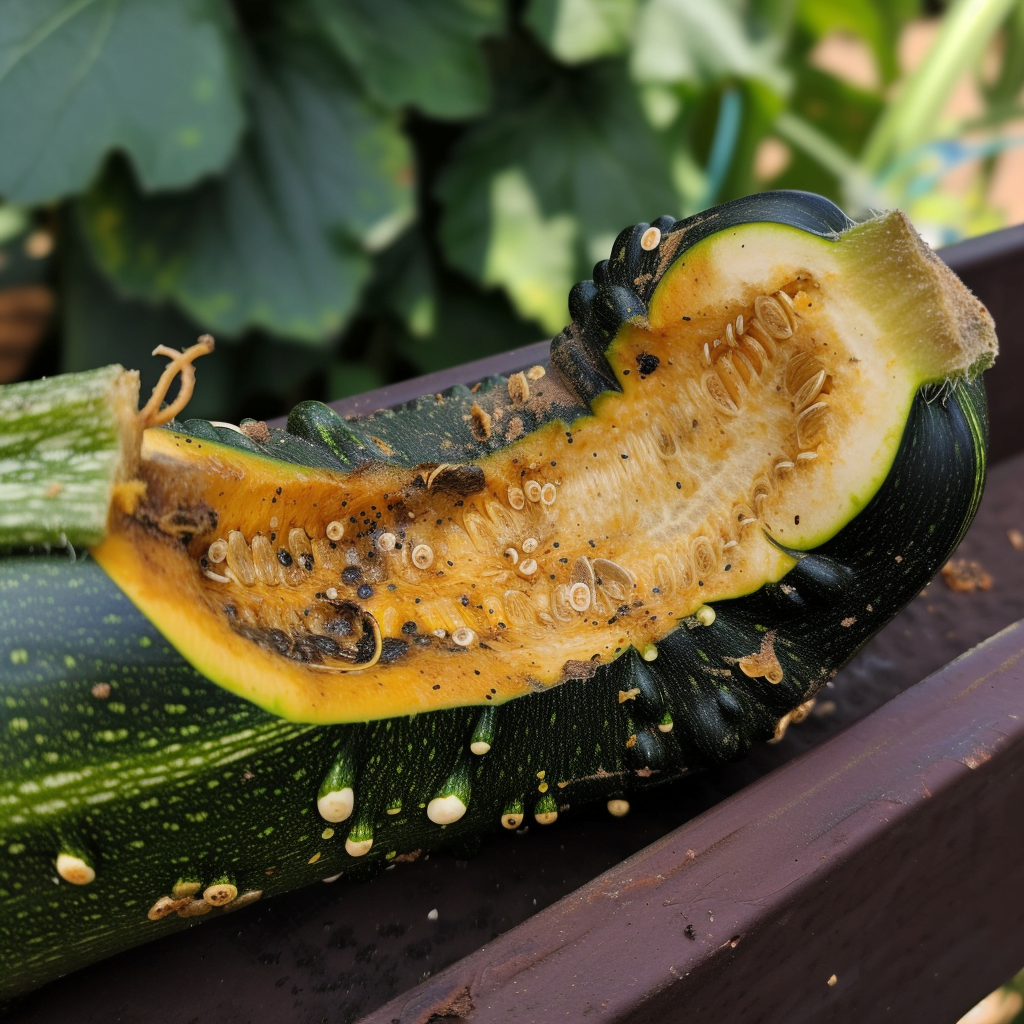Are you frustrated with your zucchini constantly rotting before you can even enjoy them? Well, worry no more! In this article “why do my zucchini keep rotting?”, we will uncover the reasons behind zucchini rotting, providing you with a clear understanding of why this problem occurs and how you can prevent it. Whether you are an avid gardener or simply enjoy cooking with fresh produce, discovering the root causes of zucchini rotting will help you maintain a healthy, bountiful harvest throughout the season. So, let’s dig in and uncover the secrets to keeping your zucchini fresh and delicious!
Zucchini rotting is a common problem that many gardeners encounter when cultivating this versatile summer squash. It can be disheartening to see your zucchinis succumb to rot, especially after investing time and effort into growing them. This comprehensive article aims to provide you with a thorough understanding of the various factors that contribute to zucchini rotting. By delving into the different causes and possible solutions, you’ll be better equipped to prevent or mitigate this issue in your own garden.
Definition of Zucchini Rotting
Zucchini rotting refers to the deterioration and decay of zucchinis, leading to their inedibility. This can occur at different stages of the plant’s growth, ranging from the initial development of the fruit to post-harvest storage. Several factors contribute to zucchini rotting, including environmental conditions, pest and disease infestations, lack of proper care, genetic factors, as well as incorrect harvesting and storage practices. Understanding these causes is essential in effectively addressing and managing the issue.
Signs and Symptoms
The signs and symptoms of zucchini rotting can vary depending on the underlying cause. One of the most commonly observed symptoms is the appearance of dark, water-soaked spots on the fruit’s surface. These spots may gradually enlarge, turn mushy, and emit a foul odor. In some cases, a cottony fungal growth may develop on the affected areas. Additionally, zucchinis may exhibit a soft and slimy texture when touched, indicating advanced rotting. It’s crucial to identify these signs early on to prevent the spread of rot and salvage any unaffected fruits.
Impact on the Plant
Zucchini rotting can have detrimental effects on the overall health and vitality of the plant. When the fruit begins to rot, it diverts resources and nutrients away from other parts of the plant, compromising its growth and development. The spread of rot can also affect nearby healthy fruits, increasing the likelihood of widespread damage. Additionally, the presence of rot can attract pests and diseases, further exacerbating the plant’s health. Therefore, it is crucial to address zucchini rotting promptly to protect the plant’s well-being and maximize your harvest.
Impact on Harvest and Storage
Zucchini rotting not only affects the health of the plant but also has a significant impact on the harvest and post-harvest storage. When a significant number of zucchinis rot, it can significantly reduce the yield, leaving you with fewer edible fruits. Furthermore, the presence of rotten zucchinis during storage can lead to the spoilage of other healthy produce due to the spread of rot-causing pathogens. This underscores the importance of effectively managing zucchini rotting to ensure a bountiful harvest and prolong the shelf life of your zucchinis.
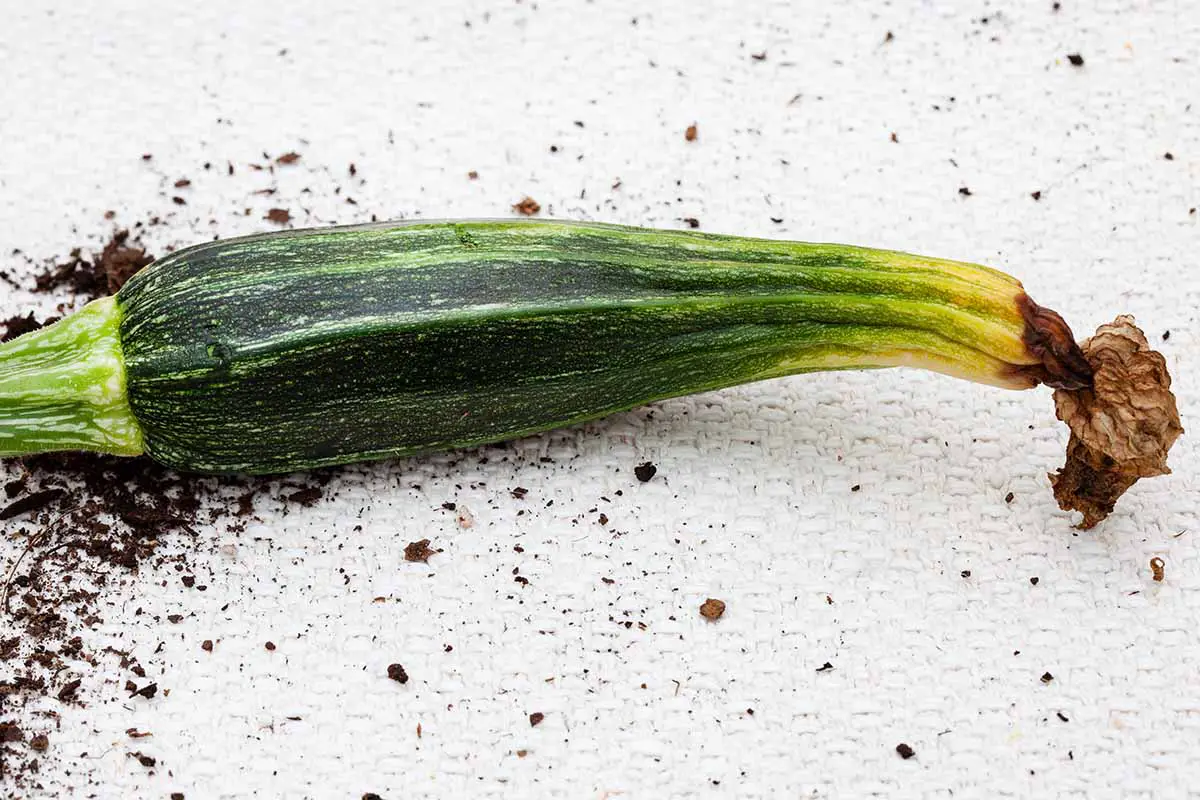
Environmental Factors
Several environmental factors contribute to zucchini rotting. Understanding how these factors affect the plant is crucial for maintaining optimal growing conditions and minimizing the risk of rotting.
Temperature Fluctuations
Extreme temperature fluctuations can play a significant role in zucchini rotting. High temperatures can accelerate the growth of rot-causing fungi and bacteria, while sudden drops in temperature can negatively impact the fruit’s immune system, making it more susceptible to decay. Maintaining a consistent temperature range, ideally between 70 to 85 degrees Fahrenheit, can help mitigate the risk of zucchini rotting due to temperature fluctuations.
Humidity Levels
Humidity levels also influence zucchini rotting. Excessive moisture in the air can create a favorable environment for fungal growth, increasing the chances of rot. On the other hand, extremely dry conditions can lead to dehydration and shriveling of the fruits. Striking a balance between humidity and ventilation is essential for reducing the risk of zucchini rotting associated with moisture-related issues.
Exposure to Sunlight
Proper exposure to sunlight is crucial for the health and development of zucchinis. However, excessive exposure to intense sunlight, especially during scorching summer days, can heat up the fruits, making them more susceptible to rot-causing pathogens. Providing partial shade or using shade cloth to protect the zucchini plants when the sun’s intensity is at its peak can help prevent sun-induced rot.
Watering Practices
Watering practices significantly impact zucchini rotting. Overwatering can create waterlogged conditions, promoting the growth of rot-causing microorganisms. Conversely, underwatering can lead to fruit dehydration, making them more susceptible to rot. It’s important to strike a balance by watering the plants consistently, keeping the soil evenly moist but not saturated. Drip irrigation or applying water directly to the soil rather than overhead can help minimize moisture-related issues.
Soil Conditions
The quality and condition of the soil play a vital role in preventing zucchini rotting. Well-draining soil that allows excess moisture to drain away is essential to avoid water stagnation and root rot. Additionally, ensuring the soil is rich in organic matter and nutrients will promote healthy plant growth and enhance the plant’s resilience against rot-causing pathogens. Regular soil testing and amendments based on the results can help maintain optimal soil conditions for zucchini cultivation.
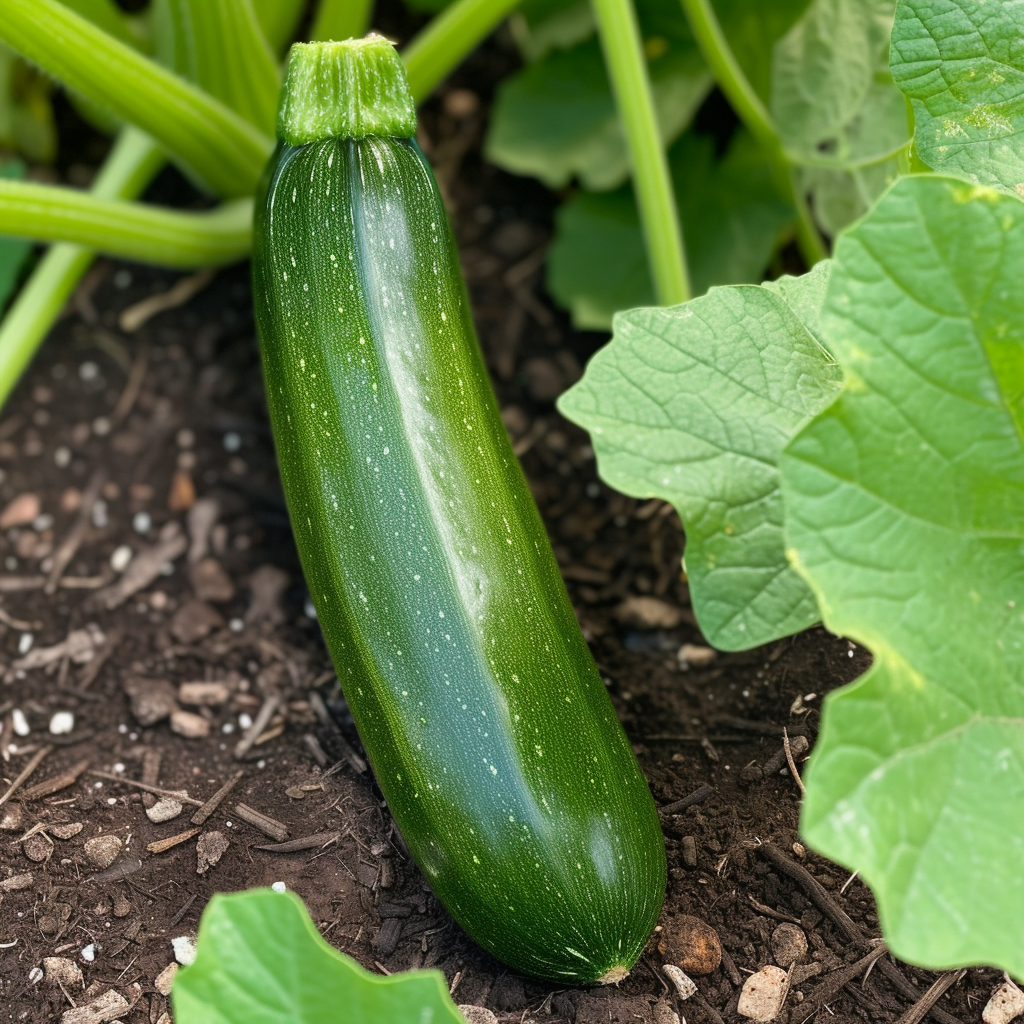
Pest and Disease Infestation
Pests and diseases are significant contributors to zucchini rotting. Familiarizing yourself with the common pests and diseases that zucchinis are susceptible to is essential for effective prevention and control.
Bacterial and Fungal Diseases
Bacterial and fungal diseases, such as bacterial wilt, powdery mildew, and blossom end rot, can lead to zucchini rotting. These diseases are often caused by poor cultural practices, unhygienic gardening habits, or unfavorable environmental conditions. Regularly inspecting the plants for signs of these diseases, implementing appropriate preventive measures, and promptly treating any infections can help minimize the risk of zucchini rotting caused by bacterial and fungal pathogens.
Common Pests
Pests like cucumber beetles, squash bugs, and vine borers can cause significant damage to zucchini plants. Their feeding activity can create entry points for pathogens, leading to rotting. Implementing preventive measures, such as using physical barriers, applying organic insecticides, or introducing beneficial insects to control pest populations, can help reduce the risk of zucchini rotting caused by pest infestations.
Prevention and Control Measures
Preventing and controlling pest and disease infestations is crucial in minimizing zucchini rotting. Implementing good cultural practices, such as crop rotation, maintaining proper plant spacing, and removing diseased plants promptly, can help prevent the spread of pathogens. Additionally, using organic pest and disease control methods, such as neem oil sprays or introducing beneficial nematodes, can effectively manage infestations without harmful impacts on the environment or human health.
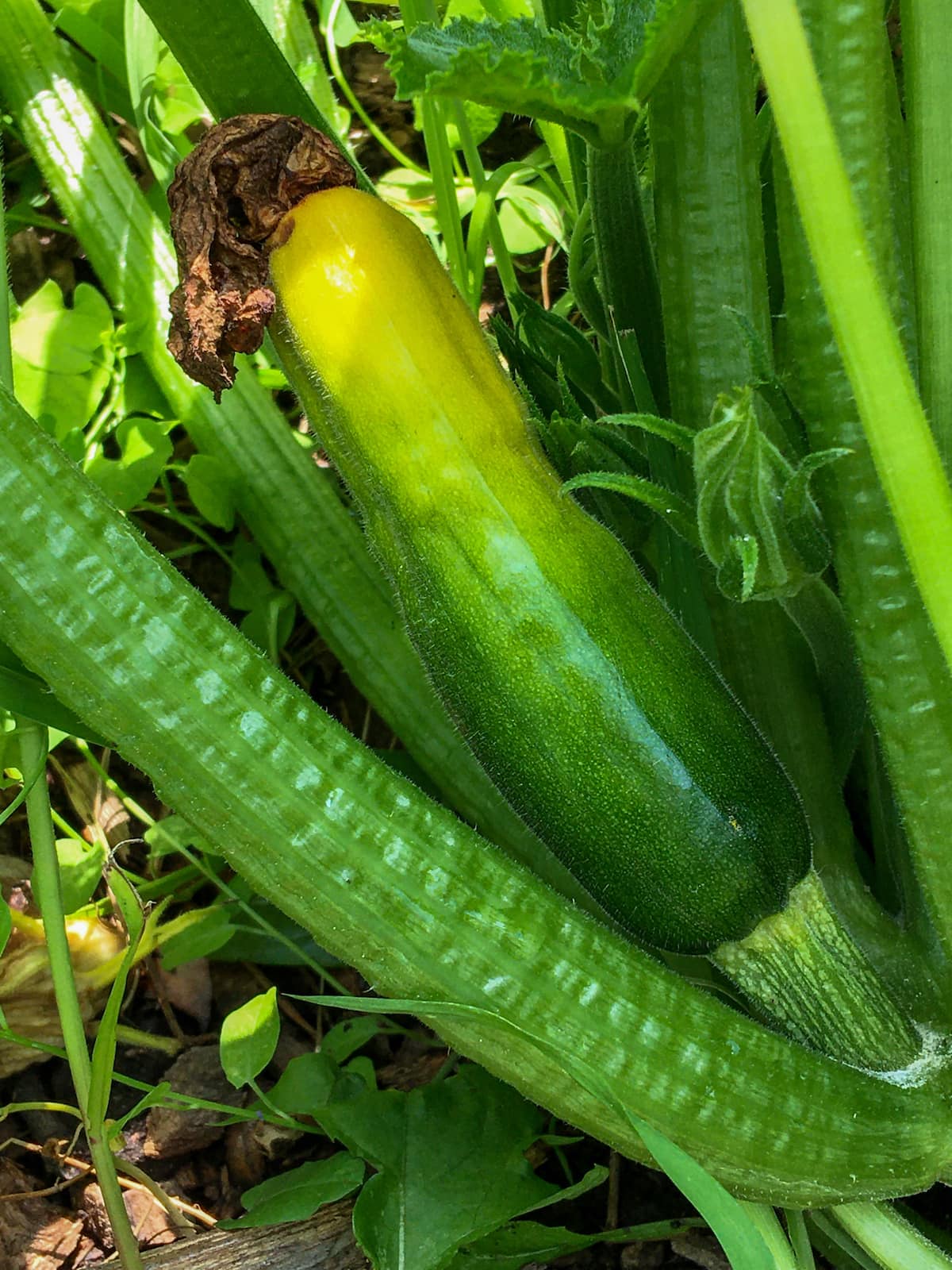
Lack of Proper Care
Inadequate care and maintenance can also contribute to zucchini rotting. Proper care practices are essential for ensuring the plant’s overall health and reducing the risk of rot.
Inadequate Nutrient Supply
Zucchinis require a balanced supply of nutrients for optimal growth and to develop disease resistance. Insufficient nutrient supply, particularly calcium, can lead to blossom end rot and subsequently cause rotting in zucchinis. Regularly fertilizing the plants with well-balanced organic fertilizers and ensuring the soil’s nutrient composition is adequate can help prevent nutrient deficiencies and minimize the risk of rotting.
Improper Pruning
Pruning zucchini plants helps improve airflow and sunlight penetration, reducing the likelihood of rot-causing diseases. Neglecting or improperly pruning the plants can create a dense canopy, leading to poor ventilation and excessive humidity within the plant canopy. This can increase the risk of fungal infections and subsequent rotting. Pruning the plants to maintain an open and airy structure can help prevent rotting caused by poor airflow and limited sunlight exposure.
Overcrowding
Overcrowding zucchini plants can impede air circulation and create a humid microclimate, making the plants more prone to rotting. Proper plant spacing is essential to ensure adequate airflow and sunlight penetration, which can help prevent the development and spread of fungal infections. Following the recommended spacing guidelines and thinning out excessive seedlings can help reduce the risk of overcrowding-induced zucchini rotting.
Improper Planting Techniques
Incorrect planting techniques can negatively impact zucchini plants’ health and increase the risk of rotting. Planting the seeds too deep or too shallow, burying the stem when transplanting, or damaging the plant’s roots during the process can weaken the plant and make it more susceptible to infections and rotting. Following proper planting techniques, such as planting at the appropriate depth, handling the young plants with care, and avoiding excessive disturbance to the roots, can help promote healthy growth and minimize the risk of zucchini rotting.
Inadequate Pollination
Incomplete or inadequate pollination can result in misshapen or underdeveloped zucchinis, which are more susceptible to rotting. Insufficient pollination can occur due to limited pollinator activity or poor flower fertility. Encouraging pollinator visits by planting companion flowers, providing nesting habitats, or manually hand-pollinating the flowers can help ensure thorough and effective pollination, reducing the risk of rotting in zucchinis.
Genetic Factors
Genetic factors can contribute to zucchini rotting, highlighting the importance of selecting appropriate varieties for your garden and growing conditions.
Genetic Susceptibility
Some zucchini varieties may inherently possess genetic susceptibilities to certain diseases or environmental stressors that can increase the likelihood of rotting. Researching and selecting varieties known for their resistance to prevalent diseases and ability to thrive in your specific region can significantly reduce the risk of genetic-related zucchini rot.
Hybrid vs. Heirloom Varieties
Hybrid and heirloom varieties differ in their genetic makeup, which can impact their tolerance to diseases and ability to resist rotting. Hybrid varieties are often bred to exhibit increased disease resistance and better overall performance. Choosing hybrid varieties specifically bred to resist common diseases and adapt to prevalent growing conditions can help minimize the risk of zucchini rotting.
Choosing Resistant Varieties
When selecting zucchini varieties, it’s important to consider their resistance to diseases known to cause rotting. Some zucchini varieties are bred to be resistant to specific pathogens or environmental stressors. Opting for these resistant varieties can provide an added layer of protection and significantly reduce the chances of zucchini rotting due to genetic factors.
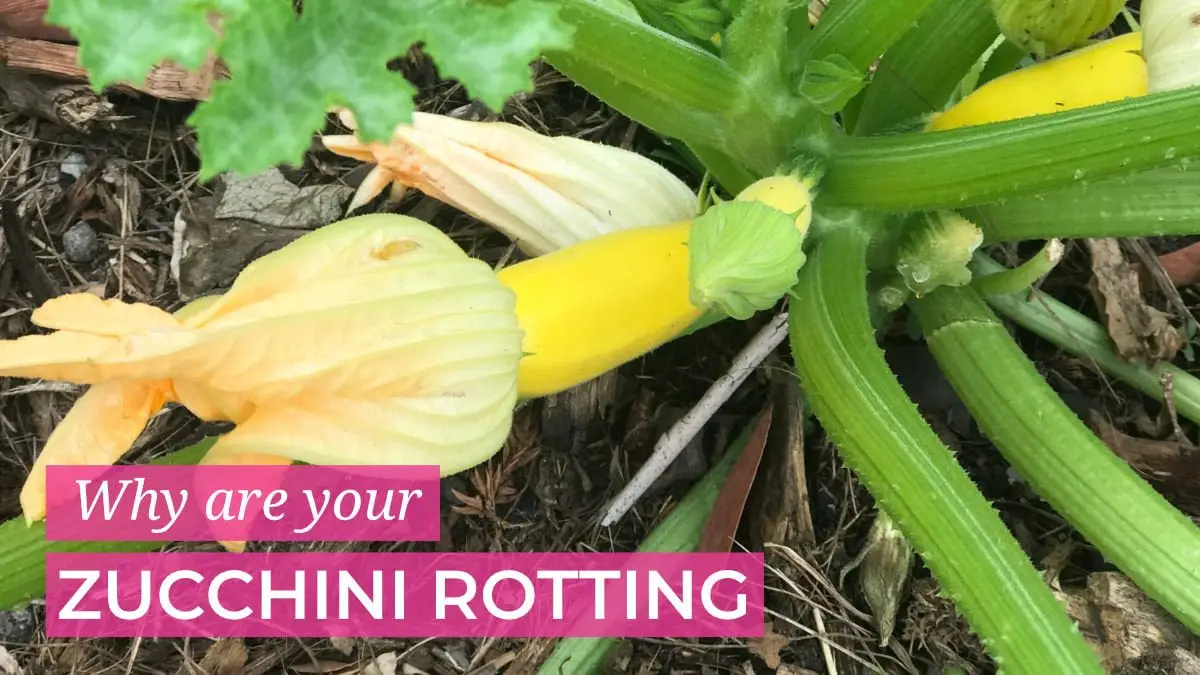
Harvest and Storage Practices
Proper harvesting techniques and appropriate storage methods play a crucial role in preventing zucchini rotting post-harvest.
Harvesting at the Right Time
Harvesting zucchinis at the right maturity stage is essential to minimize the risk of rotting. Overripe zucchinis are more susceptible to decay and can quickly progress to rot. To determine if a zucchini is ready for harvest, ensure it has reached the desired size and color, generally when it is firm and roughly 6-8 inches long. Harvesting zucchinis regularly and avoiding delays can help maintain their freshness and minimize the chances of rotting.
Proper Handling and Storage
Handle zucchinis with care during harvest and post-harvest handling to prevent bruising or injuring the fruit’s skin, which can create entry points for pathogens. After harvesting, gently remove any dirt or debris without damaging the fruit’s skin, and promptly store them in a cool, dry, and well-ventilated location. This reduces the chances of rotting caused by physical damage or unfavorable storage conditions.
Preventing Post-Harvest Rotting
Post-harvest rotting can occur due to the presence of hidden pathogens on the zucchini’s surface. Washing the zucchinis thoroughly before storage can help remove any potential contaminants. Additionally, inspect the zucchinis for any signs of rot or damage before storing them. Keeping harvested zucchinis separate and regularly checking them for any signs of decay can prevent the spread of rot to other healthy fruits.
Preventive Measures
Taking proactive measures to prevent zucchini rotting is key to maintaining healthy plants and a prolific harvest.
Maintain Optimal Growing Conditions
Creating and maintaining optimal growing conditions greatly reduces the likelihood of zucchini rotting. This includes providing proper sunlight, airflow, and moisture levels, ensuring well-draining soil, and regularly amending it with organic matter. Implementing regular pest and disease management practices, such as removing dead or diseased foliage, can also help create an environment less conducive to rotting.
Implement Good Watering Practices
Consistent and adequate watering practices can significantly minimize zucchini rotting. Avoid overwatering, which can create waterlogged conditions, and underwatering, which can lead to fruit dehydration. Utilize techniques like mulching and drip irrigation systems to retain moisture and prevent excessive evaporation. Adjust watering frequency and duration based on environmental conditions to ensure the plants receive the necessary moisture without inviting rot-causing pathogens.
Use Organic Pest and Disease Control Methods
Preventing and managing pest and disease infestations through organic methods can effectively reduce zucchini rotting while minimizing potential harm to the environment and human health. Employ techniques such as companion planting, beneficial insect attraction, natural insecticidal soaps or oils, and regular monitoring to detect and address pest and disease issues promptly.
Proper Nutrient Management
Maintaining optimal nutrient levels in the soil is vital to ward off nutrient deficiencies and strengthen the plant’s overall resilience. Conduct regular soil tests to identify any nutrient imbalances and apply organic fertilizers or amendments accordingly. Ensuring an adequate supply of calcium, specifically, can help prevent blossom end rot and limit the occurrence of rotting in zucchinis.
Regular Monitoring and Inspection
Regular monitoring and inspection of your zucchini plants are key to identifying early signs of rotting or any other issues. Keep a close eye on the plants, examining them for any signs of pests or diseases. Inspect the fruits for dark spots, softening, or other rotting indicators. Early detection will enable prompt intervention, allowing you to minimize the spread of rot and salvage any unaffected produce.
Troubleshooting Rotting Zucchinis
When faced with rotting zucchinis, it’s important to troubleshoot and take appropriate steps to address the issue promptly.
Identifying the Cause
Identifying the underlying cause of zucchini rotting is crucial for implementing the correct solutions. Examine the affected fruits, considering factors such as environmental conditions, pests or diseases, lack of proper care, genetic factors, and incorrect harvesting or storage practices. Analyzing each potential cause will guide you in addressing the problem effectively.
Isolating Affected Plants
Isolating infected or rotting zucchinis can help prevent the spread of pathogens to healthy fruits. Remove and dispose of any rotting zucchinis or plant parts to prevent further contamination. By isolating and removing the affected plants, you reduce the risk of rot spreading, allowing healthier plants to thrive.
Treating and Salvaging Zucchini
If you notice early signs of rot on a zucchini, there may be a chance to salvage the fruit. Carefully remove any rotting sections, ensuring to discard them properly to prevent further contamination. By salvaging partially affected zucchinis, you may be able to still enjoy a portion of the fruit while minimizing the spread of rot.
Minimizing Future Incidents
After addressing the immediate issue of rot, take steps to minimize future incidents. Ensure the plant’s growing conditions are optimal, maintain proper care and maintenance, implement preventive measures against pests and diseases, and follow correct harvesting and storage practices. By actively implementing these measures, you can significantly reduce the likelihood of zucchini rotting in the future.
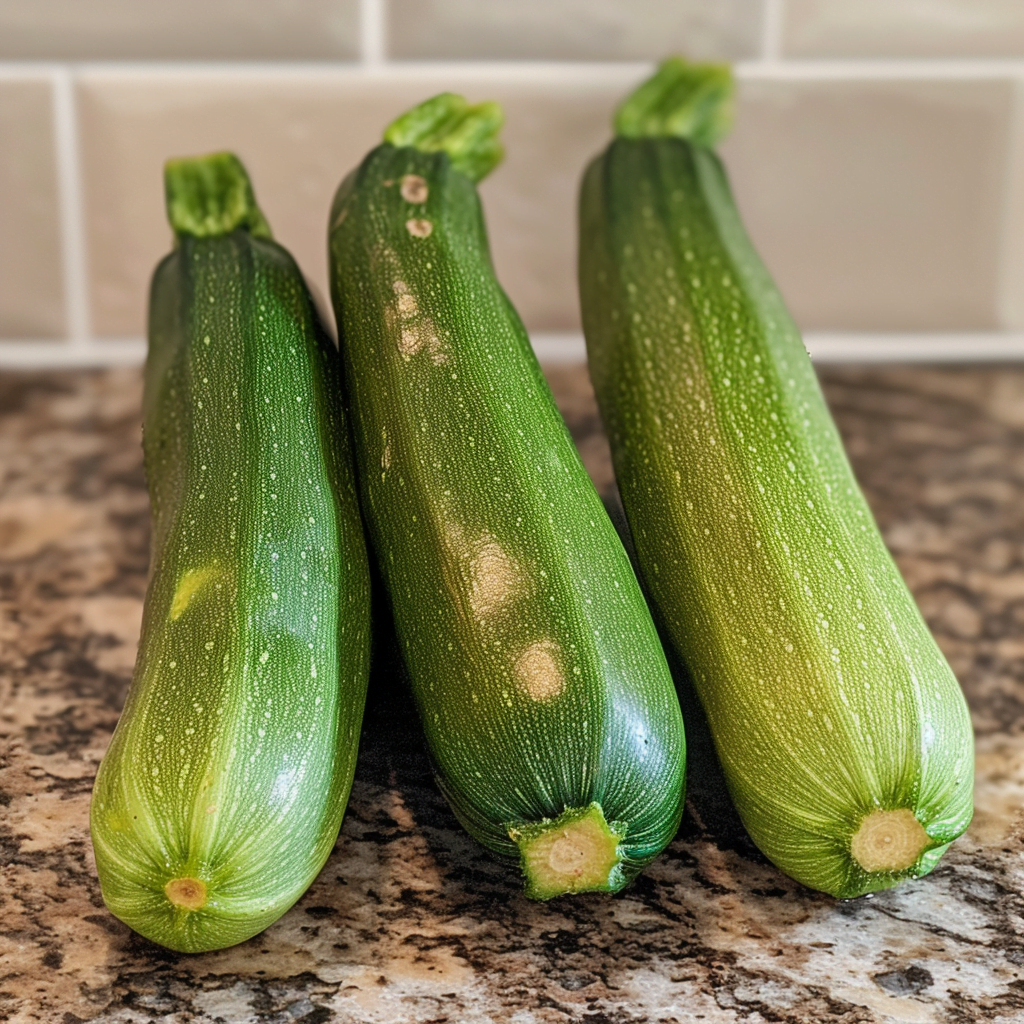
When to Seek Expert Help
While many cases of zucchini rotting can be resolved with proper care and management, there are instances where seeking expert help may be necessary.
Persistent or Severe Rotting
If rotting continues to persist or worsen despite your best efforts and interventions, it may indicate an underlying issue that requires expert assessment. Professionals with experience in horticulture and plant pathology can provide valuable insights and guidance in identifying and addressing the root cause of persistent or severe zucchini rotting.
Recurring Issues despite Corrective Actions
If you have successfully managed zucchini rotting in the past but are experiencing recurring incidents, it may be indicative of an underlying unresolved problem. Seeking expert help can help you identify any hidden contributing factors that may be causing the rotting to recur over time.
Advanced Pest or Disease Infestation
In situations where your zucchini plants are severely affected by pests or diseases, advanced intervention may be necessary. Expert help can offer specialized treatments or recommendations to combat aggressive infections or pest infestations that pose a risk to the health and productivity of your zucchini plants.
Need for Genetic Evaluation
If you suspect that genetic factors are contributing to zucchini rotting in your garden, seeking expert advice can help you choose appropriate varieties and evaluate their genetic resistance to prevalent diseases. Genetic evaluation and recommendations from experts will allow you to select zucchini varieties that are better suited to your specific growing conditions, minimizing the risk of rotting.
Conclusion
Zucchini rotting can be a frustrating issue for gardeners, but armed with knowledge and a proactive approach, it can be effectively managed and prevented. By understanding the various factors that contribute to zucchini rotting – such as environmental conditions, pest and disease infestations, lack of proper care, genetic factors, and incorrect harvesting and storage practices – you can implement measures to mitigate the risk and prolong the health and productivity of your zucchini plants.
Remember to maintain optimal growing conditions, apply organic pest and disease control methods, provide adequate care, select resistant varieties, and follow proper harvesting and storage practices. By adopting these preventive measures and promptly addressing any issues that arise, you’ll be well on your way to enjoying a thriving zucchini harvest and a lower incidence of rotting.
